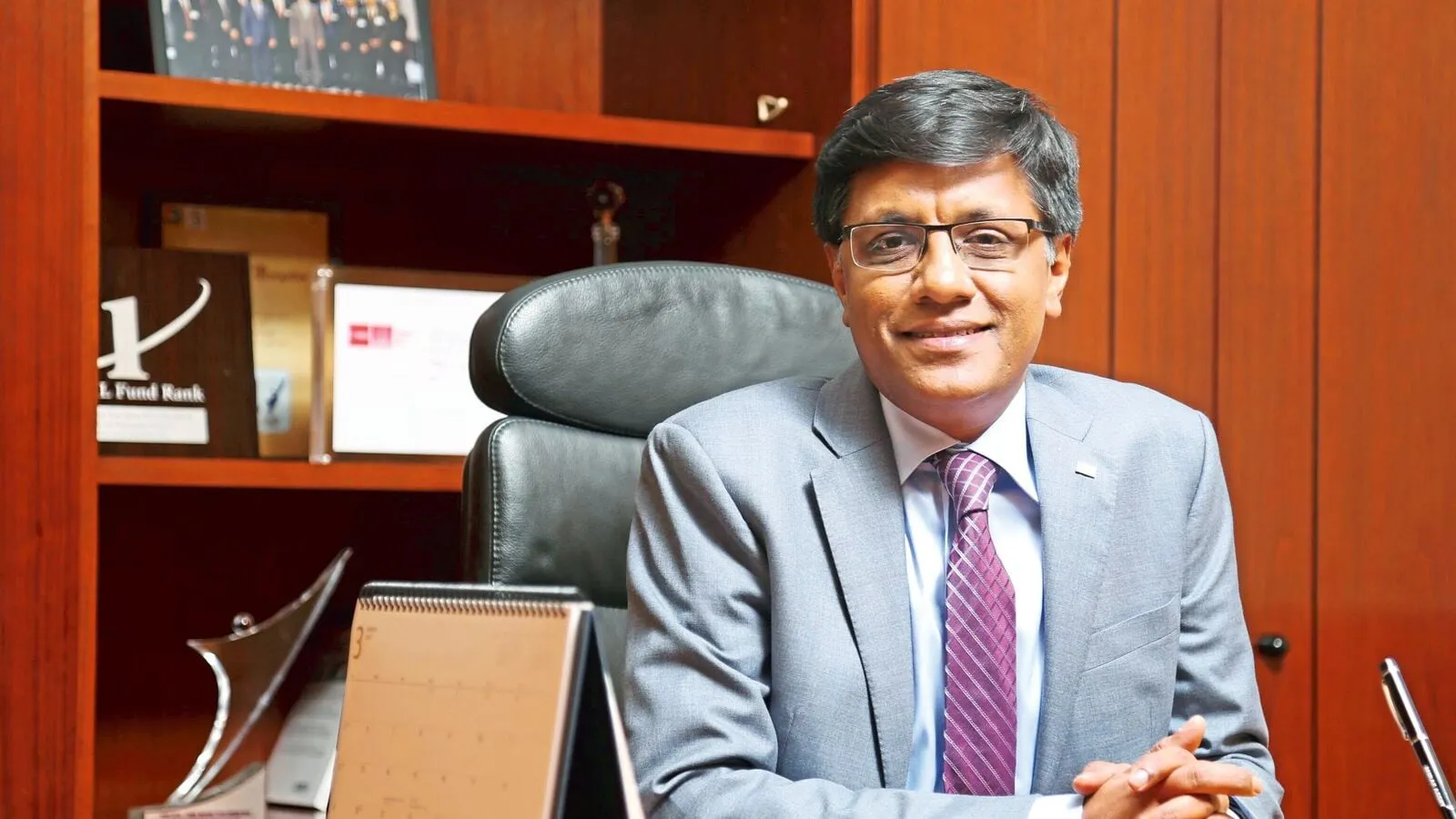Global uncertainty will likely delay a complete return to normalcy, says Mirae Asset CIO

“A meaningful recovery depends on earnings growth, and we expect earnings to gradually improve over the next few quarters,” Surana said.
In an interview with Mint, he also said new investors could look at hybrid funds to ride out volatility while gaining equity exposure, adding that staying focused on quality, diversifying through asset allocation, and not panicking during market swings is key.
Here are some edited excerpts from the interview.
What is your current read on the markets? Have we seen the worst of it, or is there more pain or a phase of consolidation on the cards?
The recent correction was triggered by tariff developments, but it is essential to consider the broader context. Valuations had risen ahead of earnings during the strong market rally from March 2023 to September 2024.
This, coupled with a cyclical slowdown in the Indian economy and selling by foreign institutional investors (FIIs) and promoters led to the correction, which was further impacted by ongoing tariff uncertainty.
Also read: Mayhem for IT stocks as FIIs pull out big. What lies ahead?
As far as tariffs are concerned, India’s modest export exposure to the US (2% of GDP) and its resilient, consumption-led economy provide some comfort.
There is a strong possibility of India gaining market share from China in a few sectors, giving Indian exports a relative advantage. Overall, we expect the markets to consolidate rather than experience a deeper correction, given that valuations are now reasonable at about 17 times estimated FY27 earnings.
How are you dealing with the chaos in the market? Has the tariff-led pessimism triggered any changes in your approach to stock picking or exit strategy?
Volatile markets test our portfolio risk framework, and we focus on distinguishing between temporary losses and permanent capital erosion. We stick to our process, emphasising diversification, quality filters and discipline.
We have not altered our overall strategy, and continue to focus on resilient, quality companies that can navigate uncertainty while delivering earnings over the medium term.
When do you see clarity returning to the markets, and what potential catalysts could drive a recovery from here?
We are seeing improvements in the domestic economy, particularly from the rural revival and supportive fiscal and monetary measures. However, global uncertainty will likely delay a complete return to normalcy.
A meaningful recovery depends on earnings growth, and we expect earnings to gradually improve over the next few quarters. Investors should focus on underlying fundamentals rather than short-term noise.
Which sectors are likely to lead the charge when the recovery kicks in?
We remain constructive on BFSI, rural-focused consumer discretionary, and select exporters. India stands to benefit from the China+1 theme, and we favour sectors such as pharma and specialty chemicals, where there is a strong case for cost competitiveness.
Also read: Rupee unshaken amid US-China trade war. India may even gain from it.
Consumer discretionary, especially in the rural mass market, remains promising, with the potential for aspirational consumption to pick up as rural incomes rise, interest rates fall, and inflation eases.
What about industrial and defence stocks?
While defence stock valuations appear fair, we find industrial capital goods still somewhat expensive. This space does not rank high in our current priorities. We are more focused on areas where valuations are aligned with long-term earnings potential and where recent corrections have created better entry points.
Mirae is quite big in passive investing, especially in the global equity space with ETFs. How do you see markets such as the US and other emerging economies playing out?
We maintain a balanced of both active and passive strategies. Our global ETFs offer unique exposure to innovation-driven businesses, but all international funds currently face regulatory caps.
While international exposure is valuable, it is not for all and must be paired with an understanding of macro trends and currency factors for effective portfolio positioning.
With the latest tariff moves shaking up global trade, how does India stack up against its emerging market peers, and could this shift the needle on foreign inflows in its favour?
India appears better positioned than many other nations, particularly China, which faces harsher headwinds from US tariffs. India’s share in global supply chains is rising, aided by schemes like PLI (production-linked incentives).
Also read: TCS commentary offers some optimism, but the Street isn’t buying it
For example, Apple’s exports from India have risen from $3 billion to around $20 billion in the past four years, positioning India as a key beneficiary of global realignment.
How should investors navigate the broader market right now, especially when it’s a mix of solid bets and frothy plays?
The recent correction has trimmed frothy valuations, but navigating the market still requires discipline. Our stock selection approach has three pillars: business quality, management, and reasonable valuations. It important to avoid fads and focus on steady, compounding returns. It is about sticking to businesses that can withstand current global headwinds and still deliver best-in-class earnings growth within their sectors.
While remaining positive on equities, one needs to moderate return expectations for three reasons: (a) interest rates are low, (b) valuations, while reasonable, are not exceptionally cheap, and (c) most businesses have limited room to expand margins due to increasing competition and/or disruption across many segments.
What key factors should investors keep an eye on going forward?
The two key market drivers will be macro stability and earnings growth. Investors should stay disciplined with asset allocation and avoid reacting to short-term noise. New investors may consider hybrid funds to reduce volatility while gaining equity exposure.
Staying focused on quality, maintaining diversification through asset allocation, and avoiding panic during volatile phases will remain essential. The ability to think long-term—even amid short-term noise—continues to be a key edge in investing.








